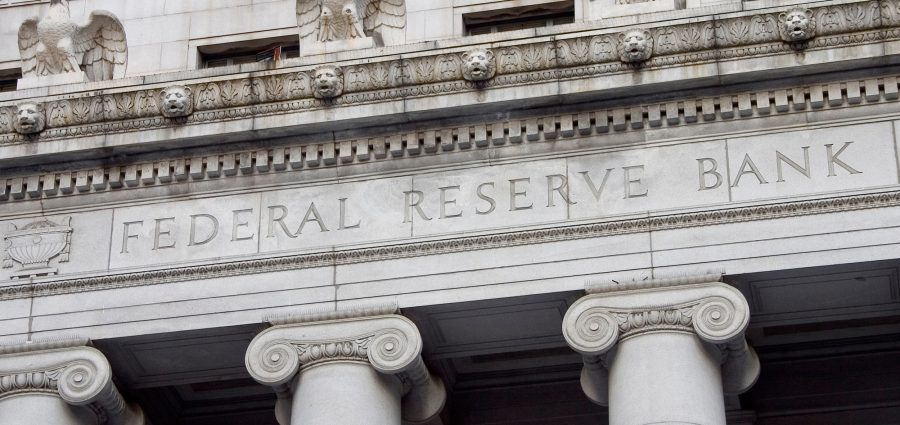In its latest attack on persisting high inflation, the Federal Reserve enacted another major hike for its key interest rate Sept. 21, raising it by 0.75 percentage points for a third straight time. The U.S. central bank also forecasted that continued large rate hikes will be needed into next year.
The latest increase puts the Fed’s short-term interest rate at a range of 3% to 3.25%, which is its highest mark since early 2008.
And it’s expected to move considerably higher. In its latest Federal Open Market Committee (FOMC) release, Fed officials forecast that the bank will raise that benchmark rate — directly impacting consumer and business loans — to approximately 4.4% by the end of 2022. That would be a full point higher than the Fed had forecasted just a few months earlier in June. Further still, the Fed said it expected to raise the rate again in 2023 to approximately 4.6%, which would be the highest mark since 2007.
The Fed’s latest economic forecasts weaker economic growth over the next few years alongside rising unemployment that is projected to hit 4.4% by the end of next year, compared to its current 3.7% mark. The new FOMC forecast has the economy growing by only 0.2% for 2022, far below the 1.7% forecast issued in June. That growth is projected to be 1.2% in 2023; 1.7% in 2024; and 1.8% in 2025. For context, real GDP growth was 2.2% in 2019; -3.5% in 2020; and 5.7% in 2021.
Despite the rate hike, the Fed still forecasts core inflation — which excludes volatile food and energy categories — to be 3.1% at the end of 2023, which is far above its target of 2%.
Related Posts
-
Builder confidence in the market for newly built single-family homes fell again in September.
-
Core organic sales comprised half of the distributors' 24% sales growth year-over-year.
-
Year-to-date orders ended June up 13%, however, and officials expect the market to receive an…






